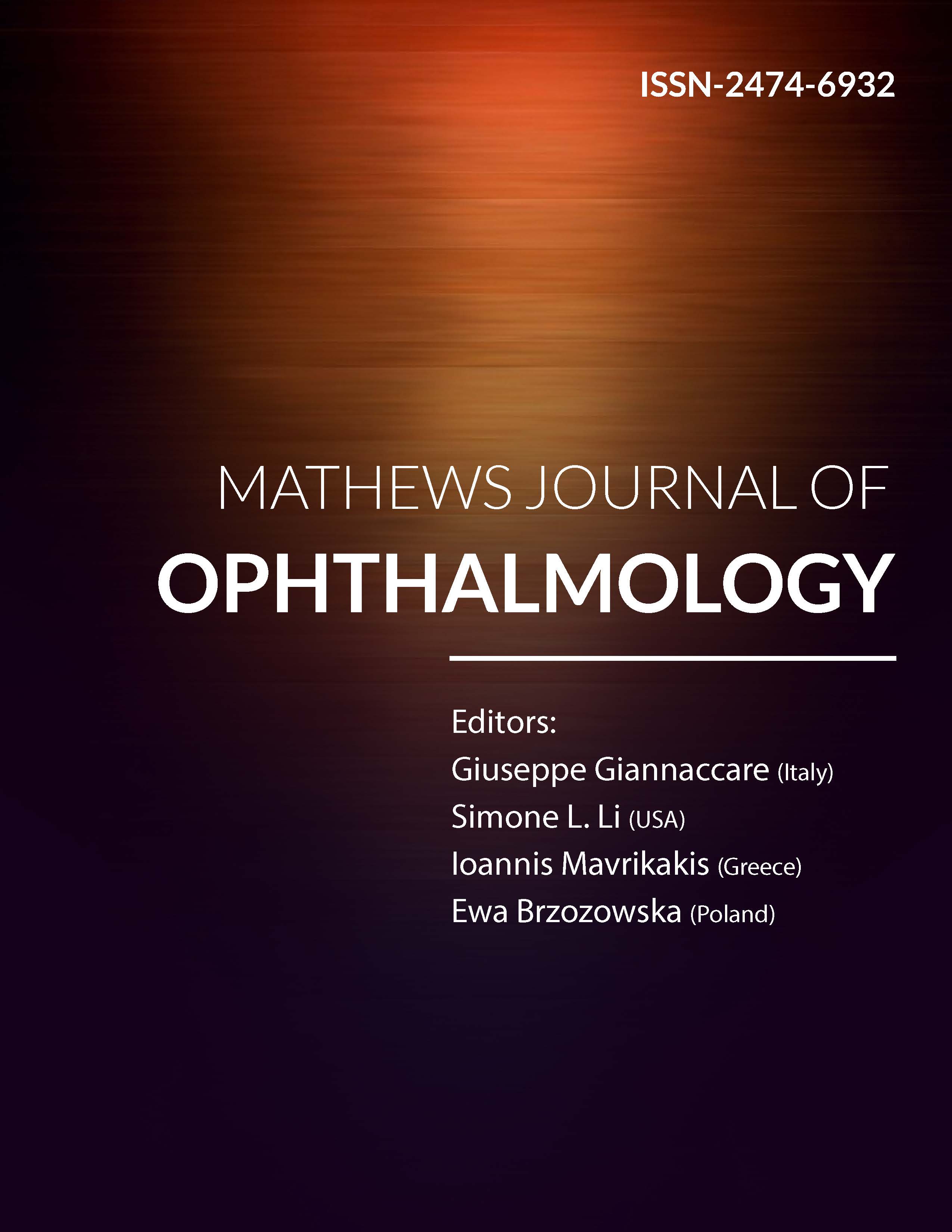
Information Links
Previous Issues Volume 8, Issue 1 - 2023
Function Evaluation of Diabetic Vitreous Hemorrhage after Vitrectomy
Mona Abdelkader1,*, Maha M Shahin1, Omnia L Nwara2, Amr M Abdelkader3
1Professor of Ophthalmology, Faculty of Medicine-Mansoura University, Egypt
2Resident in Damietta Ophthalmology Hospital, Faculty of Medicine-Mansoura University, Egypt
3Lecturer of Ophthalmology, Faculty of Medicine-Mansoura University, Egypt
*Corresponding author: Mona Abdel-Kader, MD, Ophthalmology Center, Faculty of Medicine, Mansoura University, Mansoura, Egypt, Tel: 002-050-2216440, Fax: 002-050-2256104; E-mail: [email protected].
Received Date: January 12, 2023
Published Date: February 15, 2023
Citation: Abdelkader M, et al. (2023). Function Evaluation of Diabetic Vitreous Hemorrhage after Vitrectomy. Mathews J Ophthalmol. 8(1):31.
Copyrights: Abdelkader M, et al. © (2023).
ABSTRACT
Purpose: The aim of this study is to evaluate electrophysiological changes before and after pars plana vitrectomy for diabetic vitreous hemorrhage. Subject & Method: This study included 30 eyes of 30 patients with diabetic vitreous hemorrhage undergoing pars plana vitrectomy. All subjects underwent complete ophthalmological examination, Ultrasonography, Visual evoked potential, Electroretinography before and after vitrectomy (at 1 week & 3 months). Results: There was a statistically significant improvement in the Uncorrected Visual Acuity (UCVA) and the Best Corrected Visual Acuity (BCVA) along the study period (p <0.001). There was statistically significant improvement in the mean latency and mean amplitude of Flash VEP There was a statistically significant increase in the mean amplitude of all ERG parameters at 3 months postoperative. Conclusion: Electrophysiological test is an important tool in detection improvement of retinal function after vitrectomy.